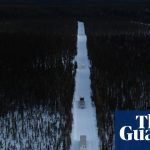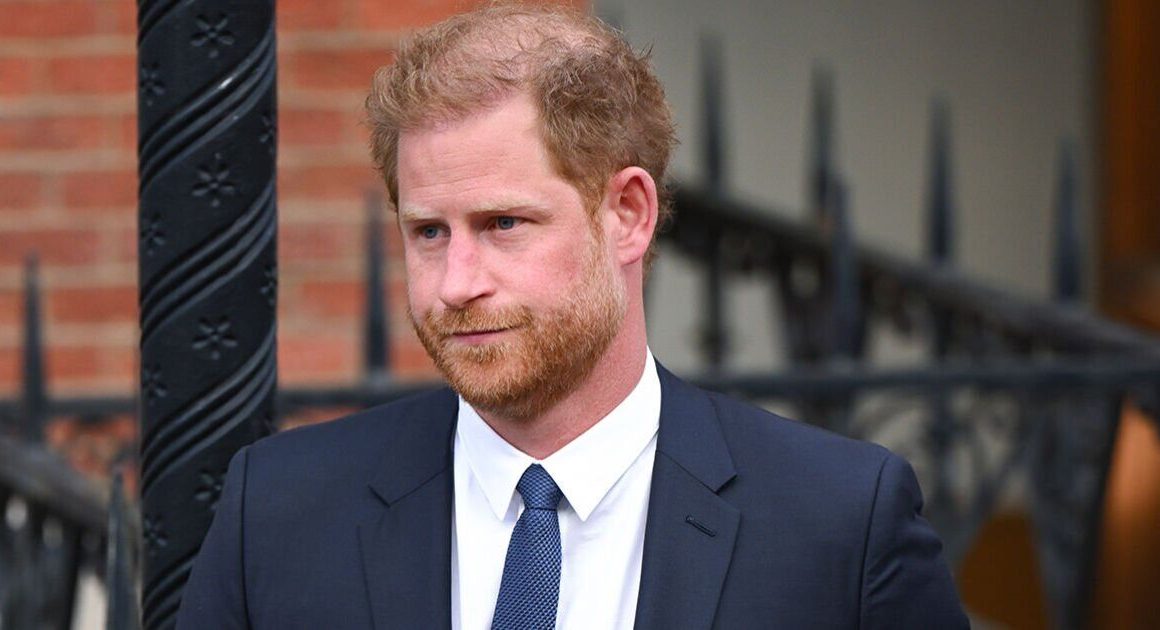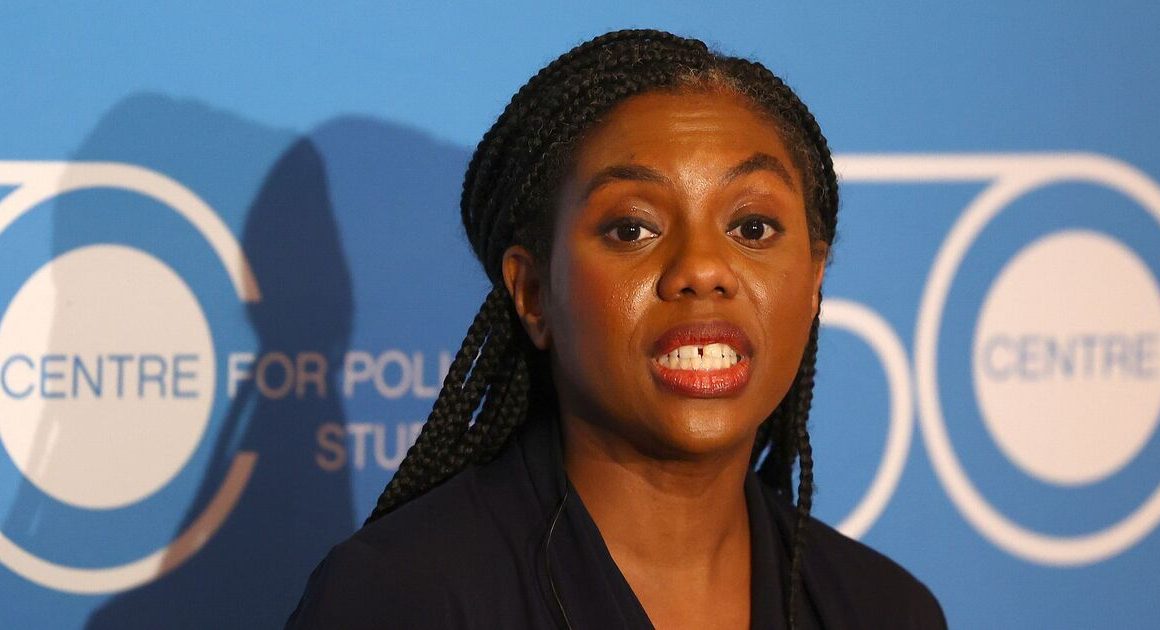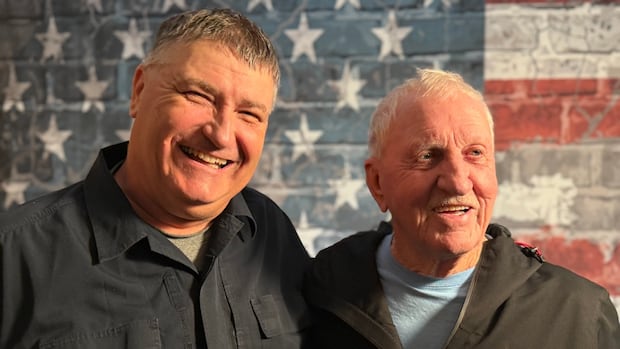WARNING: This story contains an image of an infant with serious injuries and a description of the injury and death of several other babies.
At least six infants have died from cold-related injuries over the past two weeks in the Gaza Strip, local medics say, due to a lack of adequate shelter and heating.
Temperatures have plunged in recent days across the war-torn enclave, with hundreds of thousands of Palestinians having little to no shelter from the cold, living in makeshift tent camps or destroyed buildings. Local officials have been calling for more humanitarian aid to enter the Gaza Strip — including tents, mobile homes, fuel and heavy machinery to clear the rubble — amid a fragile ceasefire between Israel and Hamas.
Dr. Saeed Salah, director of the Friends of the Patient medical facility in Gaza City, said the wave of cold weather has largely affected infants aged one month or younger.
Five of the six infant deaths were reported by the hospital, Salah said, and they made up about 60 per cent of its infant patients who were admitted due to “cold injury,” including hypothermia.
“These [babies] are living with their families in a very bad situation … They’re living in tents with no facilities for warming, no electricity, no fuel,” he told CBC News Tuesday.
“That’s why this critical [age] group, infants, is suffering from the cold.”

Dr. Ahmed al-Farah, head of the pediatric department at the Nasser Hospital in the southern Gaza city of Khan Younis, told The Associated Press that it received the body of a two-month-old girl on Tuesday.
“I unbuttoned her clothes and patted her, but there was no breath or heartbeat,” said the girl’s father, Yusuf al-Shinbat, who found her in the early morning. “Yesterday, I was playing with her, bathing her and scenting her. I was happy with her. She was a [beautiful] child, like the moon.”
Al-Farah said another two infants were treated for frostbite at Nasser Hospital. One was discharged later, while the other was in intensive care.
The body of one “was completely blue and his temperature was very low,” the doctor said.
The Gaza Strip, which is on the Mediterranean coast, experiences cold and wet winters, with temperatures dropping below 10 C at night.
Salah said before the war, the hospital would see one or two cases of infant deaths from hypothermia in the winter season. That figure has increased to 15 this winter season, according to Zaher al-Wahedi, head of the Gaza Health Ministry’s records department.
‘Children cannot handle it’
Wissam Hamad, a 30-year-old father of two, walks 16 kilometres each day to get to the Friends of the Patient medical facility in Gaza City from the northeast city of Beit Hanoun to see his son, a three-week-old patient there suffering from severe cold injuries.
“We have no operating hospitals in Beit Hanoun or the north,” Hamad told CBC News Tuesday.
“The cold that we’re experiencing, the children cannot handle it … we’re living in tents or sheltering in schools that have broken walls or windows. I have no means of heat in our tent.”

The ceasefire that paused 16 months of war between Israel and Hamas militants has allowed for a surge in humanitarian aid, mainly food, but residents say there are still shortages of blankets and warm clothing, and there is little wood available for fires.
There’s been no central electricity in Gaza since the first few days of the war, and fuel for generators is scarce. Many families huddle on damp sand or bare concrete.
U.S. funding suspension freezes $46M in Gaza
The infants’ deaths come as World Health Organization (WHO) officials said the U.S. administration’s suspension of funds has frozen critical operations in the enclave.
The move by the Trump administration to withhold $46 million US slated for operations in Gaza leaves six areas underfunded, a top WHO official in the region said Tuesday.
Dr. Rik Peeperkorn, the WHO representative for occupied Palestinian Territories, said those areas include EMT operations, rehabilitation of health facilities, co-ordination with partner organizations and medical evacuations.
Speaking from Gaza to reporters at a UN briefing in Geneva Tuesday, Peeperkorn said money for such operations remained in WHO’s funding pipeline and “we’re still going full steam ahead” with activities.
Tarik Jasarevic, a WHO spokesman, said he did not have figures about how the U.S. funding cuts affected the entirety of its operations worldwide.
1st phase of ceasefire set to end Saturday
In a statement Monday, Palestinian militant group Hamas accused Israel of obstructing humanitarian aid and shelter materials, saying it directly resulted in the deaths of the six infants.
It called on the mediators involved in the ceasefire deal to ensure the entry of essential supplies such as shelter, heating and urgent medical items into Gaza.
Israel’s military offensive, launched in response to the Hamas-led Oct. 7, 2023 attack, was among the deadliest and most destructive in recent history. It pounded large areas of Gaza into rubble and displaced roughly 1.9 million Palestinians. The hundreds of thousands of people who have been able to return to northern Gaza under the ceasefire have settled wherever they can amid the ruins.
The ceasefire’s first phase will end on Saturday and may not be extended. If fighting resumes, the current flow of humanitarian aid is expected to drop dramatically.
Israeli officials said Tuesday that Israel is considering an extension of the 42-day truce in Gaza.











